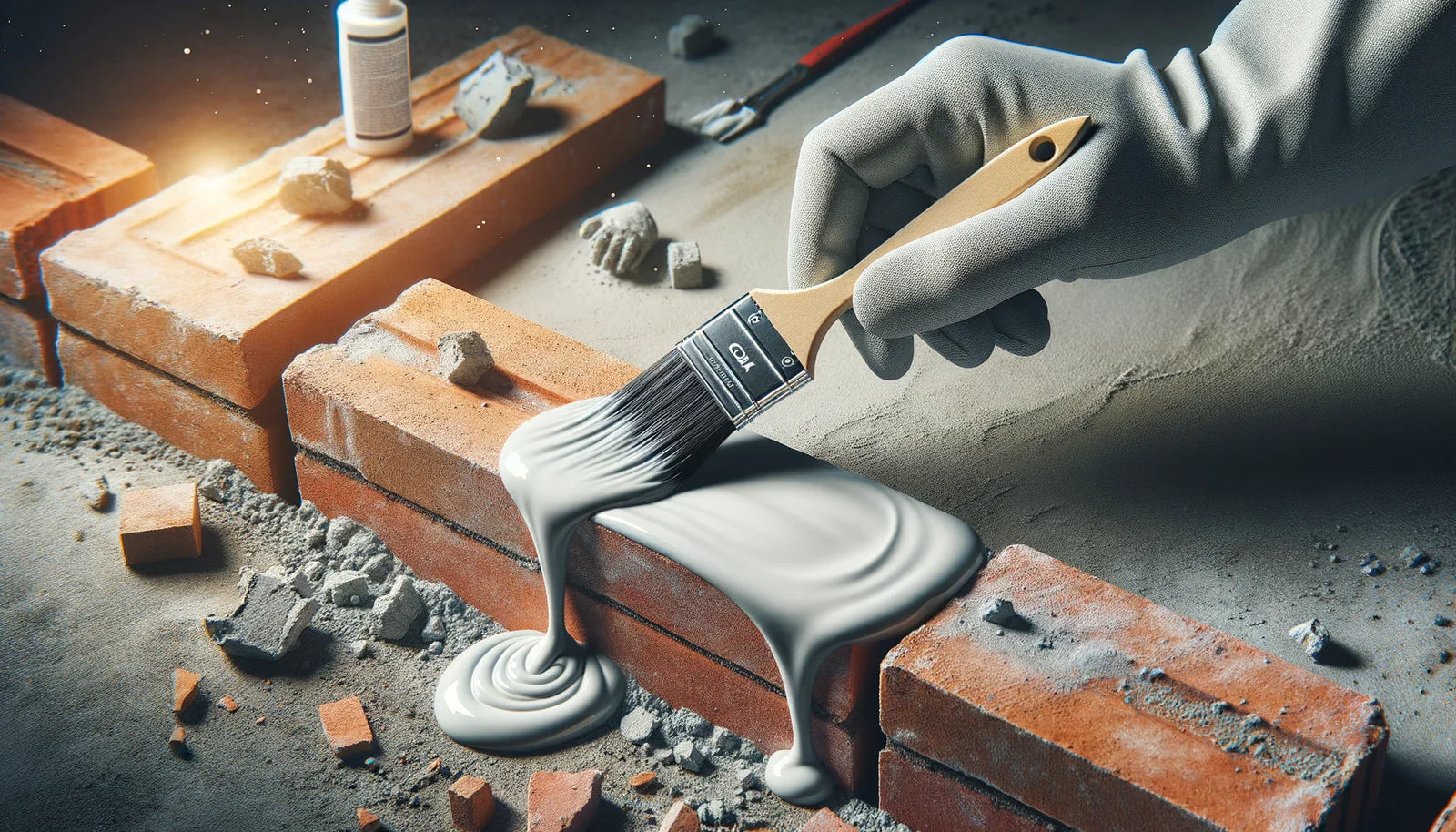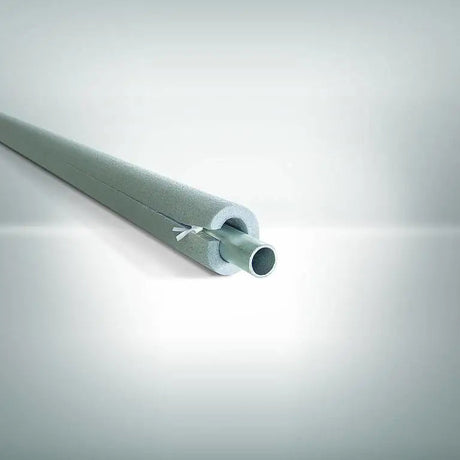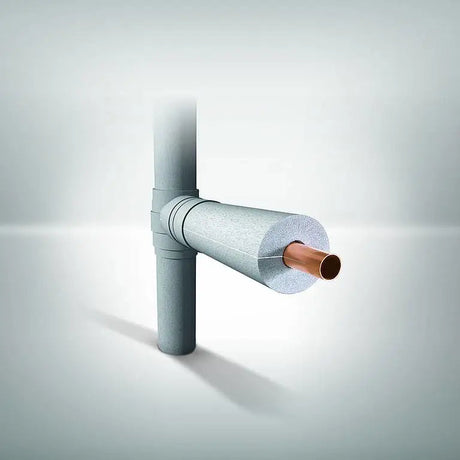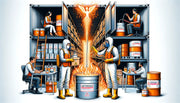Sealant Compatibility with Materials
Introduction
When it comes to construction and manufacturing, details matter – and some of the tiniest details can have the biggest impact. Sealants, those unassuming heroes of the building world, are prime examples. They may not be glamorous, but their role? Absolutely critical. After all, they're tasked with preventing the elements from wreaking havoc on structures large and small. But here's the rub: not all sealants play well with every material. Why does this matter, you ask? Well, imagine trying to piece together a jigsaw puzzle where the pieces just don't fit. That's your project without the right sealant. So, let's dive into the captivating world of sealant compatibility with different materials, shall we?
Understanding Different Types of Materials
Each material has its own personality – a mix of properties that can make or break its relationship with sealants. Let's get to know them a bit better.
Concrete
Concrete is like the strong, silent type. It's tough, but it has a porous heart that needs protection from moisture and chemicals.
Metal
Metal is the versatile friend who can change with the weather – quite literally, as it expands and contracts with temperature changes.
Wood
Wood is the natural beauty, full of character with its grains and textures. But it's also sensitive, with natural oils and resists that can make bonding a challenge.
Plastic
Plastic is the modern marvel, light and adaptable. But it's got a stubborn side, especially when it comes to adhesion.
Glass
Glass is the transparent one in the group, letting light in while keeping weather out. It's slick, making adhesion tricky without the right sealant.
Types of Sealants
Just like our materials, sealants have their own profiles. Picking the right match is key to a lasting bond.
Silicone Sealants
Silicone sealants are the all-rounders, flexible and weather-resistant. They're the type you bring home to meet your windows and bathroom tiles.
Polyurethane Sealants
Polyurethane sealants are the strong, durable types. They're perfect for heavy-duty bonding where high strength is paramount.
Acrylic Sealants
Acrylic sealants are the painters' friends – easy to apply and paint over. They're ideal for sealing gaps in walls and ceilings.
Butyl Rubber Sealants
Butyl rubber sealants are the waterproof warriors, ideal for sealing roofs and gutters. They stick to their guns, even in wet conditions.
Polysulfide Sealants
Polysulfide sealants are the chemical-resistant ones. They're often found in industrial settings, unfazed by fuels and solvents.
Factors Affecting Sealant Compatibility
Compatibility isn't just about chemistry; it's a dance involving several factors.
Chemical Composition of Materials
Some materials just have chemistry that's hard to bond with. Will the sealant and material react like a love potion or a volatile brew?
Thermal Expansion and Contraction
As temperatures rise and fall, materials and sealants expand and contract at different rates. Can they handle the stress of a long-distance relationship?
Surface Energy and Adhesion Properties
It's all about the attraction at the surface level. Will the sealant stick around, or will it be a case of 'easy come, easy go'?
Environmental Exposure
UV rays, rain, and temperature swings – it's a harsh world out there. Can the sealant endure the elements or will it wither under the pressure?
Compatibility Testing Methods
Before you swipe right on a sealant, it's wise to test the waters.
ASTM Testing Standards for Sealant Compatibility
Standards like ASTM provide the rules of engagement, ensuring sealants meet the mark for quality and compatibility.
Laboratory Testing Procedures
In the controlled chaos of the lab, sealants are put through their paces to see if they'll stand by their material in sickness and in health.
Field Testing Methods
Out in the wild, field tests show how sealants perform in real-world conditions. It's the ultimate test of commitment.
Compatibility with Concrete
Concrete may look tough, but it needs a sealant that understands its complexity.
Chemical Interaction Between Sealants and Concrete
Concrete can react with certain sealants, leading to a messy breakup. The right choice will bond without drama.
Adhesion and Cohesion Properties
A sealant must cling to concrete like a koala to a tree – tightly and without letting go.
Sealant Durability on Concrete Surfaces
On the rugged surface of concrete, a sealant needs to be in it for the long haul. It's not just about sticking around; it's about staying strong. Check out our insights on "sealant durability and lifespan" to understand how this dynamic duo can stand the test of time.
Compatibility with Metal
Metal and sealants have a complex relationship that hinges on mutual respect for each other's properties.
Corrosion Resistance and Compatibility
Metals can be prone to rust, so they need a sealant that acts like a loyal guard, protecting against corrosion without causing it.
Adhesion to Different Types of Metal Surfaces
From smooth stainless steel to textured aluminium, the sealant must adapt its bonding tactics to different metal personalities.
Compatibility with Metal Coatings and Finishes
Like a chameleon, the right sealant must bond well with various metal finishes, enhancing protection without ruining the aesthetic.
Compatibility with Wood
Wood's natural charm comes with unique challenges for sealants.
Interaction with Natural Wood Oils and Resins
Sealants must navigate the complexities of wood's natural substances without getting overwhelmed.
Adhesion to Wood Surfaces
The sealant must embrace wood's textured surface, holding on through thick and thin.
Resistance to Weathering and Aging on Wood
As wood ages gracefully, the sealant must be the supportive partner, weathering the storms of time alongside it.
Compatibility with Plastic
Plastic can be fickle, but with the right sealant, a strong bond is possible.
Adhesion to Various Types of Plastic Materials
Plastics come in many forms, and the sealant must be versatile enough to form a lasting bond with each.
Resistance to Plasticizer Migration
Plasticizers can make plastics flexible, but they can also play havoc with sealants. The right match will resist the migration and stay put.
UV Stability and Compatibility with Plastic Surfaces
The sun's rays can be harsh on plastic and sealants alike. A UV-stable sealant will ensure the pair can enjoy sunny days without fearing the consequences.
In the next part of this article, we will continue to explore the fascinating world of sealant compatibility with glass and other materials, as well as delve into application considerations, manufacturer's guidelines, and case studies that bring this topic to life. Stay tuned for a comprehensive conclusion that ties everything together, providing key insights for selecting and applying the most compatible sealants for your projects.
Compatibility with Glass
Glass is a sleek and smooth operator; thus, choosing the right sealant for it is paramount.
Adhesion to Glass Surfaces
Getting a sealant that adheres to glass is like finding a friend who sticks with you through thick and thin. It needs to form a strong bond without clouding the glass's clarity.
Resistance to UV Exposure and Weathering
Glass faces the brunt of the sun's rays, and the sealant must act like a sunscreen, protecting without peeling away when things get heated.
Compatibility with Different Types of Glass
From tinted to tempered, glass comes in many styles. The sealant should enhance, not overshadow, the glass's features, staying true through variations.
Sealant Application Considerations
Applying sealant is more art than science, and like all good art, it requires attention to detail.
Surface Preparation for Different Materials
Before the sealant takes the stage, the surface needs to be set just right – clean, dry, and primed for performance.
Environmental Conditions During Application
The weather can be an unpredictable audience, and the sealant must be applied when conditions are just right for a show-stopping performance.
Sealant Curing and Drying Time
Sealants, like fine wine, need time to mature. Rush the process, and you risk a bond that's weak, not deep and robust.
Importance of Manufacturer's Guidelines
Following the manufacturer's guidelines is like following a recipe to the letter – for a dish that's guaranteed to delight.
Following Recommended Applications for Specific Materials
Manufacturers know their sealants like the back of their hand. Trust their guidance to pair with the right material.
Understanding Limitations and Restrictions
Even the best sealants have their kryptonite. Know the limitations to avoid a sticky situation.
Warranty and Performance Considerations
Heed the warranty and performance specs, and you'll have peace of mind that the sealant will hold up its end of the bargain.
Case Studies
Real-life tales of sealant compatibility can be both cautionary and inspiring.
Examples of Sealant Compatibility Issues and Their Impact
Mistakes have been made, and there's wisdom to be gleaned. Learn where others went wrong to avoid a repeat performance.
Solutions and Best Practices for Addressing Compatibility Challenges
But it's not all doom and gloom. Many have found the perfect match, and their success stories can light the way.
Conclusion
Selecting the right sealant for different materials isn't just a mundane detail – it's an essential decision that can affect the integrity and longevity of a project. It's about understanding the unique chemistry and interaction between sealants and materials, considering environmental exposures, and following rigorous testing methods and manufacturer's guidelines. The key to a successful and enduring application lies in this intricate dance of compatibility.
Remember, it's not just about sticking two surfaces together; it's about creating a bond that lasts, that withstands the tests of time and elements. It's about ensuring safety, efficiency, and aesthetic appeal. So, take the time to get to know your materials and sealants – your project’s success could very well depend on this harmonious union.
Whether you're dealing with the ruggedness of concrete, the versatility of metals, the natural elegance of wood, the adaptability of plastics, or the transparency of glass, there is a sealant out there that's the perfect match. And when you find it, it's a thing of beauty – a seamless integration that not only performs its function but enhances the overall quality of your work.
So, as you embark on your next project, consider the importance of sealant compatibility. It's a small detail that makes a monumental difference, ensuring that your structures stand tall and unblemished, come rain or shine. The right sealant isn't just a good fit – it's the linchpin that holds everything together.
























































